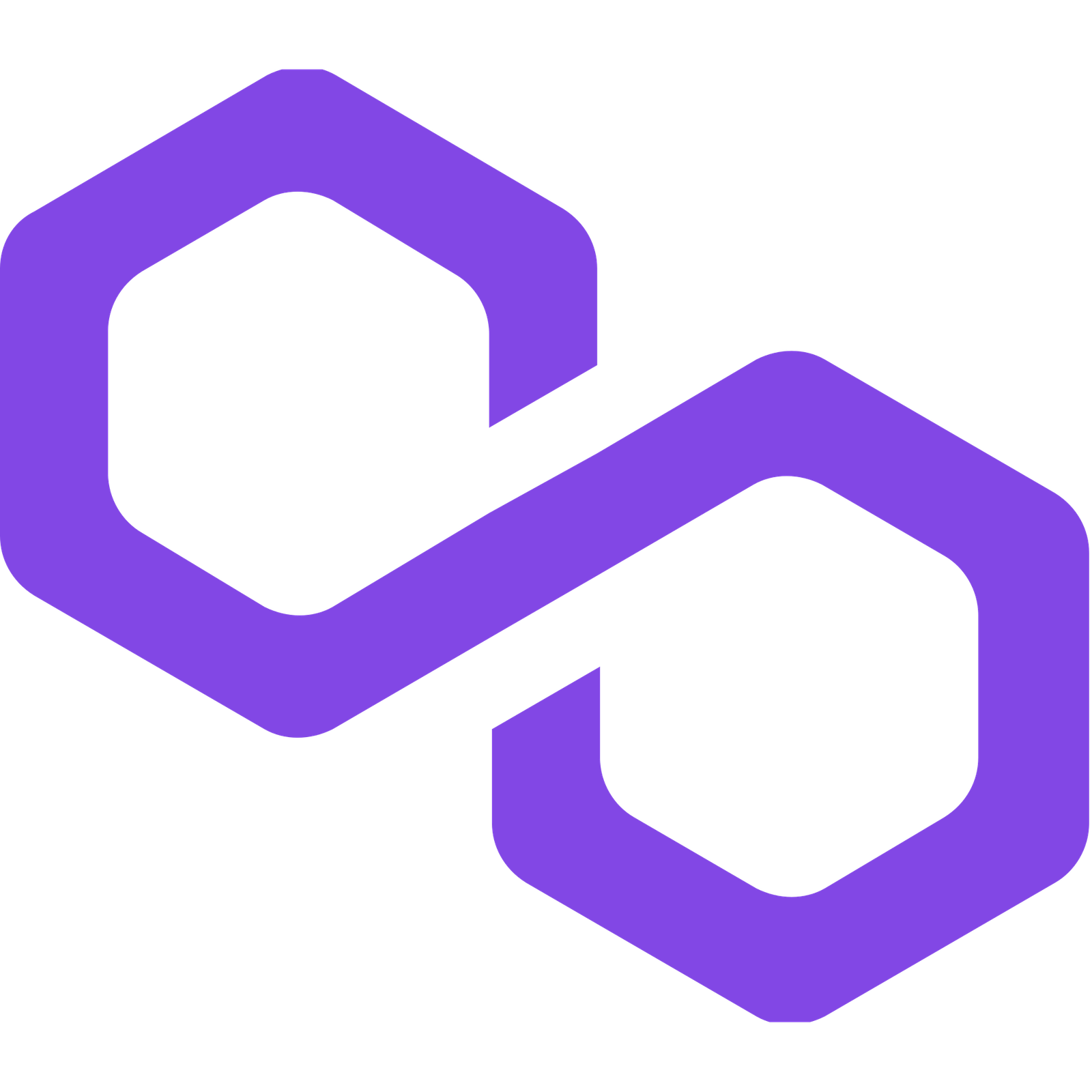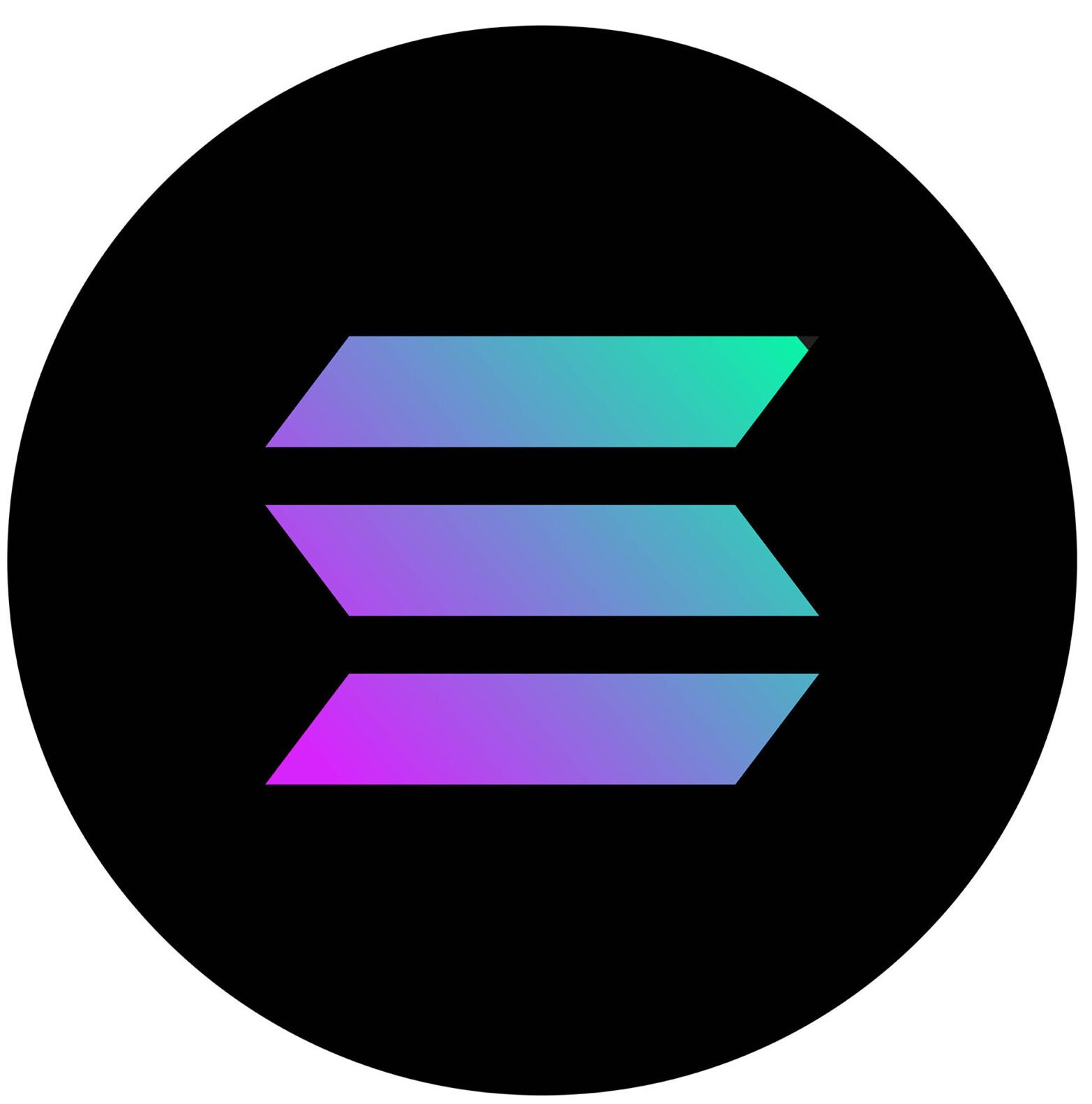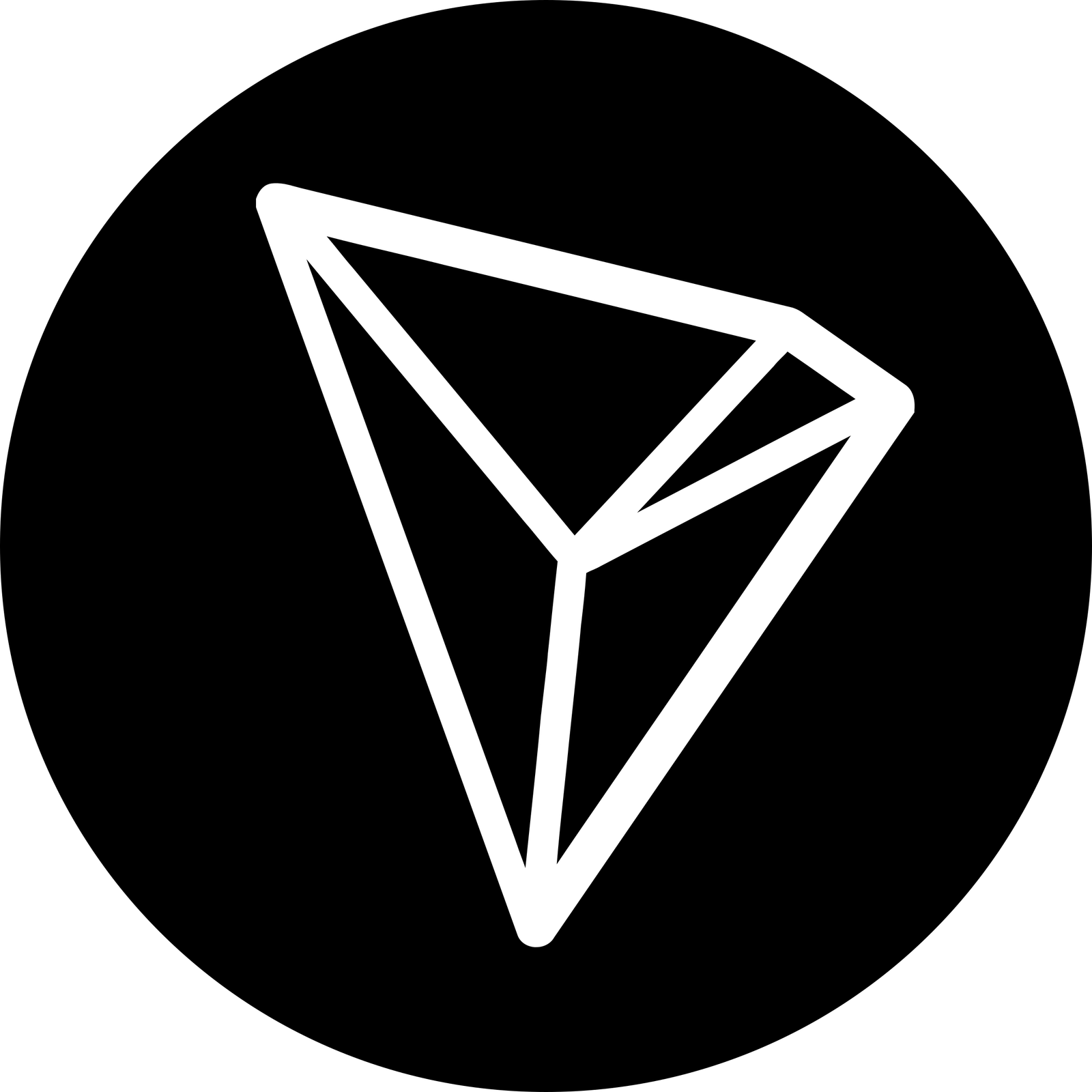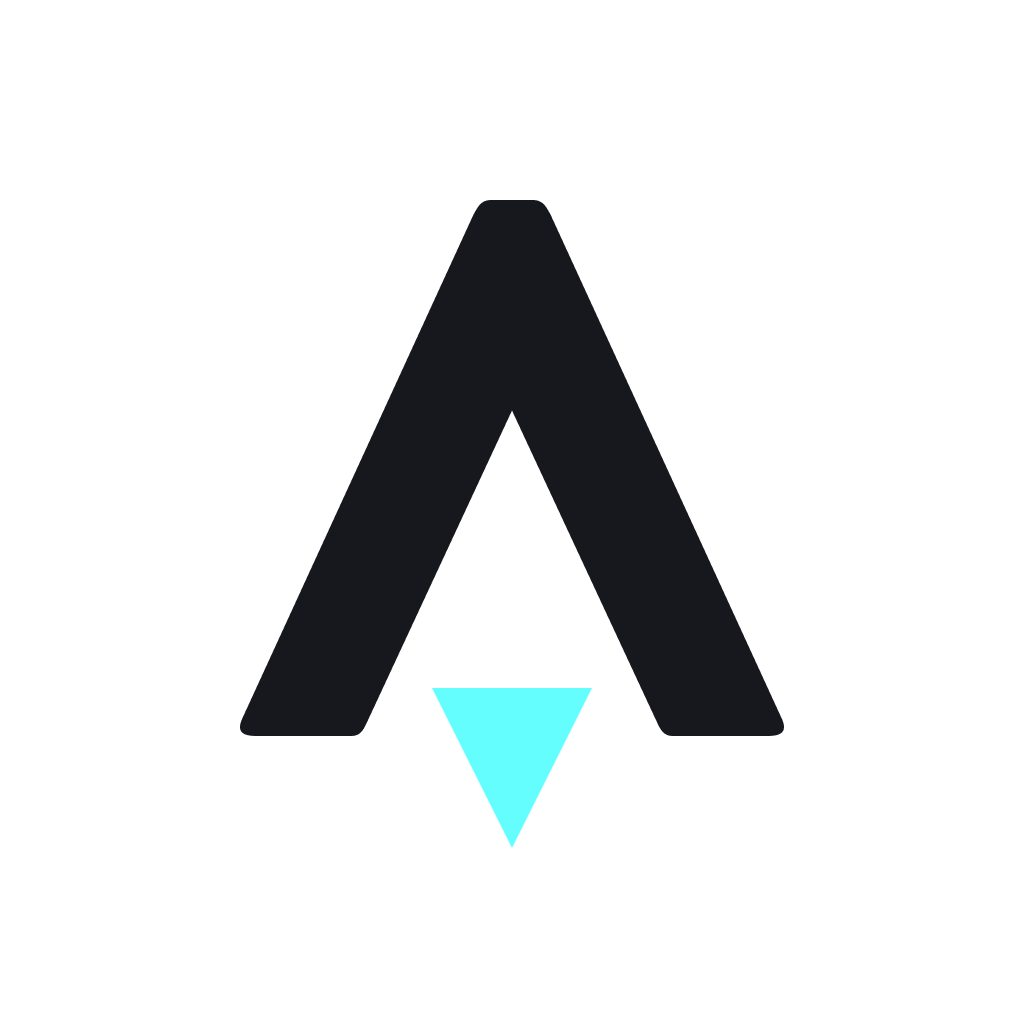Proof of Work vs Proof of Stake: Which Reigns Supreme?

Proof of Work vs Proof of Stake: Which Reigns Supreme in the Future of Web3?
As the digital landscape evolves into the Web3 ecosystem—an intricate mesh of blockchain technology, decentralized platforms, and emerging immersive technologies—the conversation around consensus mechanisms like Proof of Work (PoW) and Proof of Stake (PoS) has gained greater urgency. The race to define which of these models will reign supreme is not merely about technological superiority; it reflects broader implications for decentralized finance (DeFi), gaming, art, and our collective digital experience. Let’s dive into the state of Web3, the innovations shaping its future, and consider how these focal points could impact industries at large.
Innovating in the Web3 Landscape
The Web3 ecosystem is currently characterized by rapid advancements in blockchain protocols. Ethereum’s transition from PoW to PoS through the Merge is a pivotal event, promising greater energy efficiency and reduced barriers to entry for validators. This shift highlights not just technical evolution but a philosophical pivot towards inclusivity and sustainability in the blockchain space.
Emerging technologies such as artificial intelligence (AI), virtual reality (VR), and augmented reality (AR) are emphasizing the multi-dimensional potential of the metaverse. Companies like Decentraland and The Sandbox have blended these technologies, allowing for immersive experiences where users can create, buy, and sell virtual real estate and assets, primarily secured through blockchain. According to a CoinTelegraph Blockchain Insights report, the number of virtual land sales surged during 2022, highlighting burgeoning interest and investment in decentralized digital spaces.
The Mainstreaming of Blockchain and Cryptocurrency
Blockchain and cryptocurrencies are becoming increasingly entrenched in mainstream industries. From finance, where companies like Square and PayPal integrate crypto services, to entertainment, where platforms such as Audius empower artists through decentralized music streaming, the influence of Web3 is undeniable. Likewise, the rise of decentralized platforms is reshaping user engagement and trust, allowing for direct interaction between creators and consumers.
Take Aavegotchi, for example, a unique blend of DeFi and NFTs that integrates characters with actual financial stakes. Users stake cryptocurrency to create and interact with pixelated ghosts, blending gaming and finance in ways that redefine both experiences. Thus, Aavegotchi exemplifies the innovative spirit of Web3, advocating for not just new technology but a new way of engaging with digital assets.
Gaming: The Frontier of Web3
The intersection of Web3 and gaming stands as one of the most compelling narratives in today’s digital economy. Games like Axie Infinity have demonstrated the potential of play-to-earn models, allowing players to earn cryptocurrency through gameplay and transforming the notion of ownership in virtual spaces. This revolutionizes economic participation and could herald new career paths in gaming, particularly in emerging markets where such opportunities may diversify income streams.
Moreover, NFTs are becoming critical in gaming economies, allowing players to retain ownership of in-game assets. This fundamental shift in how digital property is perceived suggests an evolution towards a player-centric model where community input and governance are valued. Projects like Decentraland highlight how DAOs can influence the direction of gaming communities, contributing to project governance and creating an engaged, collaborative environment.
The Role of DAOs in Governance
Decentralized Autonomous Organizations (DAOs) are set to redefine governance models across industries. By enabling community-driven decision-making, DAOs foster transparency and accountability, vital in a space where trust is often a concern. They provide an innovative structure that can adapt as communities evolve, illustrating how organizations can reconfigure to meet collective needs.
Platforms like DAOstack are at the forefront of this movement, offering tools for decentralized governance that could reshape how businesses engage with users. This newfound power for stakeholders fosters a more democratized operation within Web3, encouraging active participation in governance and decision-making.
Looking Ahead: The Future of Web3 and Its Implications
The future of Web3 is poised for continuous transformation. As we integrate advanced technologies such as AI, VR, and AR into decentralized platforms, we will likely witness unprecedented levels of user interaction and experience. These advances have the potential to create richer digital experiences while redefining ownership and economic systems on a global scale.
In the coming decade, we can expect Web3 innovations to influence not just tech-centric industries but also traditional sectors such as healthcare, supply chain management, and real estate. The discussion of whether Proof of Work or Proof of Stake dominates will linger, but the more critical question is how these methods can be integrated with emerging technologies to drive broader societal change.
As we navigate this exciting terrain, it’s crucial to stay informed and actively participate in the ever-growing decentralized digital ecosystem. Following industry news from reliable sources like CoinDesk, The Block, and Decrypt can provide insights into beneficial projects and trends. The transformation brought forth by Web3 invites not only technological innovation but also a reimagining of our roles within the digital world.
In conclusion, whether PoW or PoS emerges as the definitive consensus mechanism, the overarching narrative of Web3 promises a future rich with opportunity, creativity, and engagement—one where every individual can play an intrinsic role in the evolution of our digital society. The metamorphosis has begun; let’s embrace it and be part of the journey ahead.
















